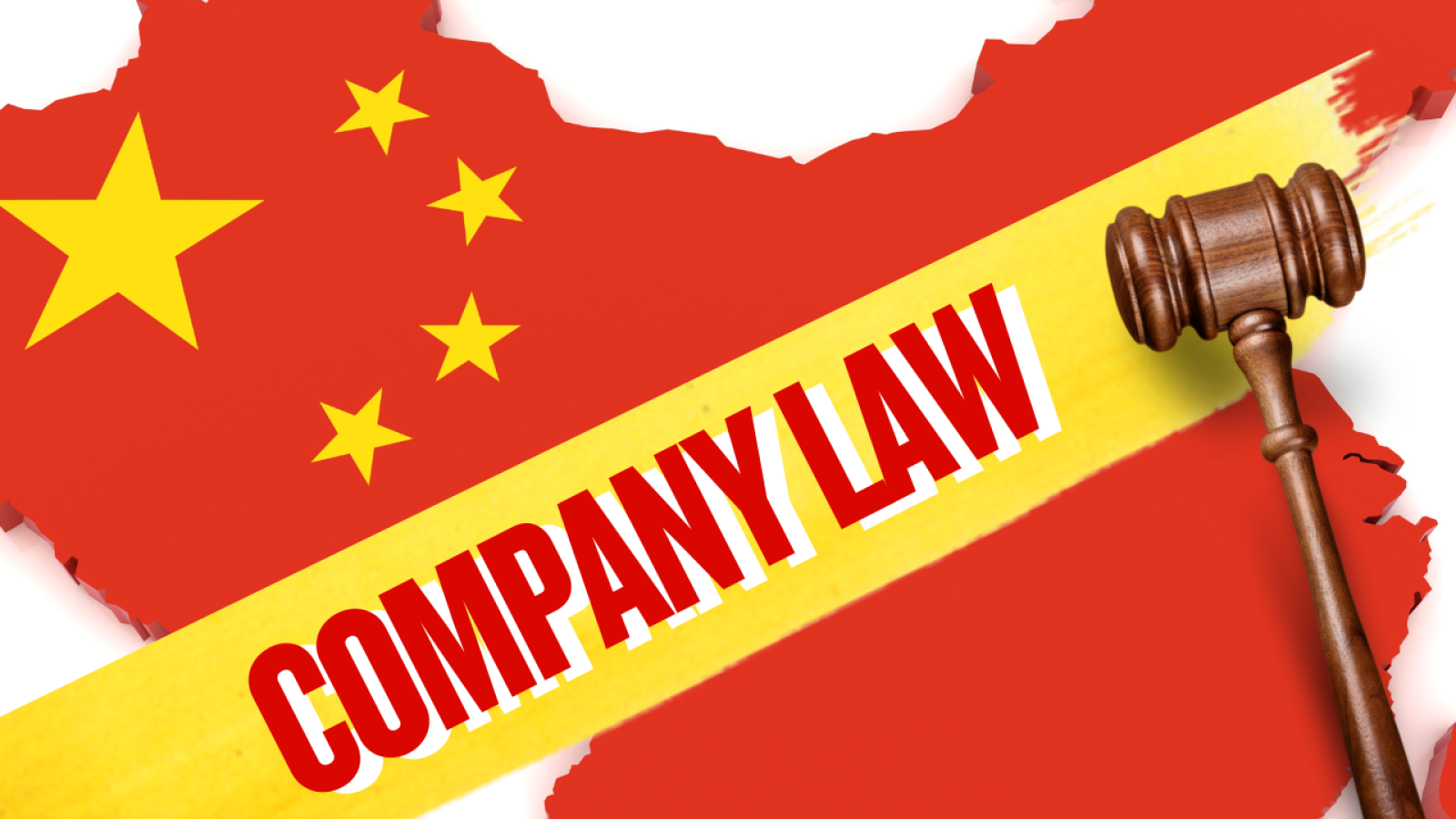
The ECGI blog is kindly supported by

How China’s Company Law Revision is Reshaping Veil-Piercing Doctrine
China has long stood apart from common law jurisdictions in its unusually high rate of corporate veil-piercing. The doctrine, which allows courts to disregard the legal personality of companies to impose liability on shareholders or affiliated entities, disrupts two foundational protections of the corporate form: limited liability, which shields shareholders from company debts, and entity shielding, which protects company assets from claims by shareholders’ personal creditors. In jurisdictions like the UK and the US, it is generally reserved for rare and exceptional cases.
In China, however, courts have invoked it with greater frequency and broader scope, raising questions about the underlying legal and institutional logic driving this trend. Our research shows that recent legislative developments have further accelerated this judicial practice. The 2023 revision of the PRC Company Law, which came into force on July 1, 2024, codified for the first time the concept of horizontal veil-piercing—imposing liability on sibling companies under common control—in its new Article 23(2). This provision allows courts to hold sibling companies jointly liable for one another’s debts in cases of corporate abuse and has introduced a substantive change in judicial practice.
Prior to the 2023 revision, courts occasionally held sibling companies liable using general principles of corporate abuse under the previous Company Law. Later, the 2019 Supreme People’s Court Minutes of the National Courts’ Civil and Commercial Trial Work Conference provided a framework for evaluating corporate abuse based on factors such as commingling of personalities, excessive shareholder control, and significant undercapitalization. But such judicial guidance remained relatively general, and courts continued to weigh the listed factors differently, resulting in divergent outcomes across cases. With Article 23(2), courts acquired formal authority to pierce the veil horizontally, providing clarity and legal endorsement for what had previously been a judicial practice.
Empirical evidence from our study reveals that this statutory change has not only increased the number of veil-piercing claims but also significantly improved their success rate. In the year following the revision’s effective date, first-instance courts more than doubled their piercing rate in sibling company cases—from 18.18% before the revision to 46.43% after. The proportion of sibling-company cases among all veil-piercing claims also rose substantially. More importantly, our findings indicate a shift in the evidentiary thresholds applied by courts. In contrast to earlier decisions—where courts often required all three types of commingling (e.g., overlapping directors and shareholders, shared business premises, and unified accounting records), and in some cases explicitly required that the harm to creditors be “serious”—recent judgments exhibit greater willingness to infer abuse from fewer indicators. A number of cases now accept one or two forms of commingling as sufficient, even when evidence of creditor harm is less pronounced or only vaguely described.
This stands in contrast to the approach adopted in common law jurisdictions such as the UK. In Prest v Petrodel Resources Ltd, the UK Supreme Court reaffirmed that veil-piercing is reserved for cases involving the evasion principle—where a company is used as a device to conceal wrongdoing or avoid existing legal obligations. Courts must show that a legal obligation exists, that the person is under that obligation, and that they interpose a company with the deliberate aim of evading that obligation. The evidentiary standard remains strict, and courts proceed with considerable restraint. In China, by contrast, the formal statutory basis provided by Article 23(2) has emboldened courts to invoke the doctrine more readily and has effectively lowered the bar for proving abuse in horizontal piercing cases.
China’s evolving approach to corporate veil-piercing reflects deeper structural features of its legal system. Unlike common law jurisdictions—where veil-piercing remains a narrowly applied judicial exception rooted in precedent—China’s courts operate within a civil law framework in which codified statutes serve as the primary basis for judicial decision-making. The codification of horizontal veil-piercing in the 2023 Company Law exemplifies this divergence: rather than restraining the use of veil-piercing, statutory clarity has legitimised and accelerated its application. Institutional features reinforce this tendency. The judicial responsibility system and internal review mechanisms in Chinese courts promote formalistic adjudication. Judges are assessed based on quantitative performance indicators—such as reversal rates—and are subject to hierarchical oversight, creating strong incentives to follow the letter of the law and avoid controversial reasoning. Once Article 23(2) established clear authority for holding sibling companies jointly liable, courts increasingly applied the doctrine in a uniform—if sometimes formalistic—manner. By contrast, in common law systems such as the UK and US, veil-piercing is a remedy of last resort. Courts operate within a precedent-based tradition, exercising significant discretion and evidentiary scrutiny to preserve the principle of limited liability. The result is a cautious, case-sensitive doctrine that resists overextension. China’s high veil-piercing rate, then, is not a doctrinal anomaly but a systemic response shaped by codification and institutional incentives.
However, the expansion of veil-piercing—especially across corporate group structures—raises concerns about the erosion of limited liability. While creditor protection is essential, the routine application of veil-piercing risks deterring lawful group-based business arrangements and generating uncertainty for firms operating with operational integration but without abusive intent. To balance creditor rights with legal predictability, China’s veil-piercing regime requires a more tailored and principled application of Article 23(2). A key step is for the Supreme People’s Court to issue interpretive guidance clarifying the evidentiary threshold for “abuse” and the standard of “serious harm” to creditors. Without such guidance, lower courts may continue to apply the doctrine too expansively, failing to thoroughly assess whether genuine abuse has occurred. Detailed judicial interpretations could offer illustrative scenarios distinguishing piercing from non-piercing cases. This would promote uniformity in judicial practice and provide clearer compliance benchmarks for corporate actors. Second, evidentiary standards should be refined. Courts should require clear proof of misconduct rather than relying solely on structural indicators like common control or shared addresses. Including examples of what does not constitute abuse would also help guard against formalistic reasoning and overreach. Third, courts should document their factual findings with greater precision, ensuring that veil-piercing decisions are well-reasoned and transparent.
China’s evolving approach to veil-piercing offers a valuable lens for understanding how legal doctrines migrate across jurisdictions and are reshaped by institutional context. While the concept originated in common law jurisprudence, its statutory formalisation in China has produced a distinct model—one marked by rule-based adjudication, policy alignment, and judicial risk aversion. This shift highlights the broader implications of legal transplants: the same doctrine can assume markedly different functions depending on the statutory, institutional, and economic environment in which it operates. As Chinese courts continue to apply Article 23(2), the central challenge will be to protect creditors while preserving the legal certainty and economic function of corporate personality.
____________
Pangyue Cheng is Global Academic Fellow at the Faculty of Law, The University of Hong Kong (HKU Law).
__________
This blog is based on a paper presented at the Asian Corporate Law Forum (ACLF). Visit the event page to explore more conference-related blogs.
The ECGI does not, consistent with its constitutional purpose, have a view or opinion. If you wish to respond to this article, you can submit a blog article or 'letter to the editor' by clicking here.


